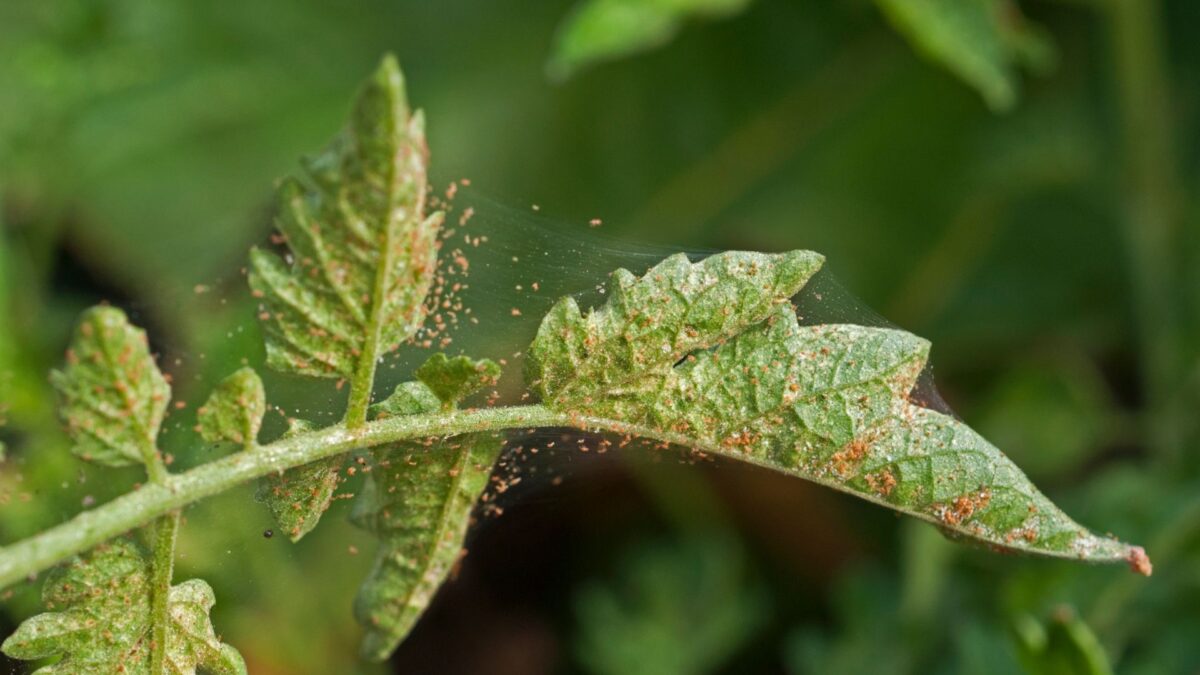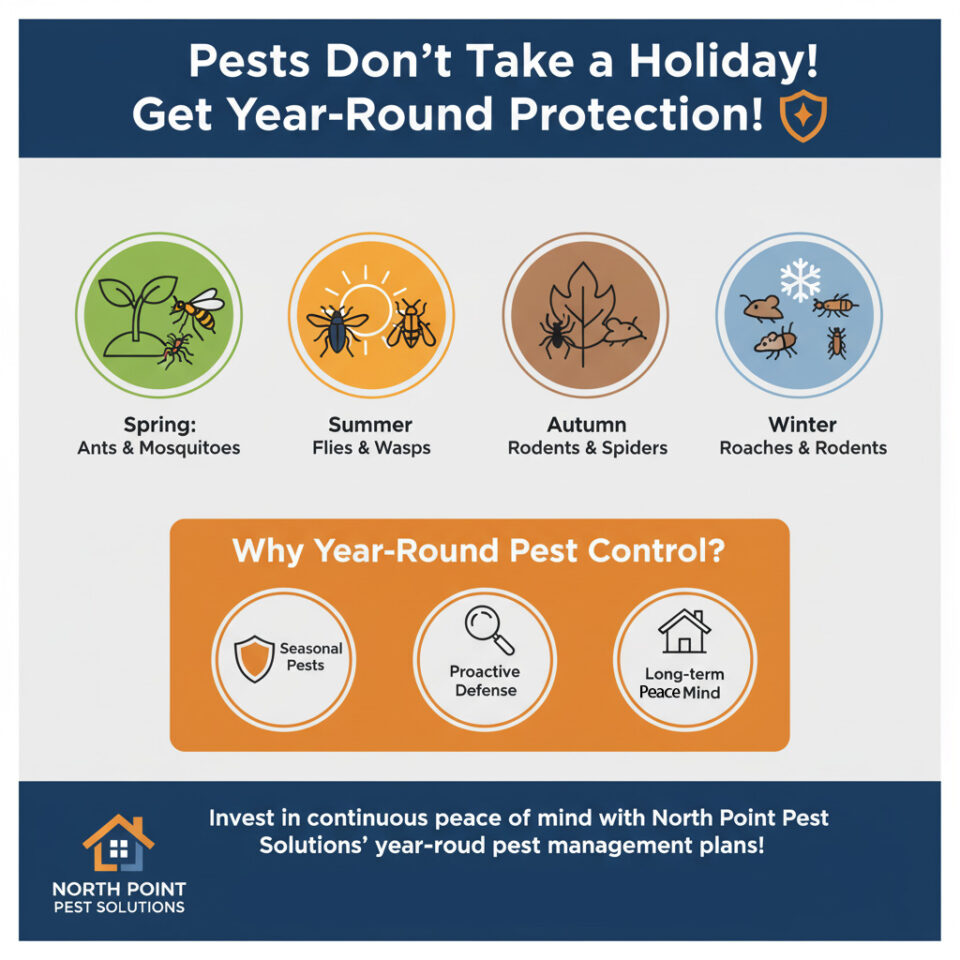Welcome back to our weekly dive into the common critters causing chaos in our North Bay gardens! So far, we’ve tackled aphids and the slimy duo of snails and slugs. This week, as temperatures begin to climb and our gardens hit their stride, we’re zooming in on a pest that’s often unseen until its damage is all too visible: Spider Mites.
Meet the Mite: Tiny Troublemakers
Spider mites aren’t insects; they’re actually tiny arachnids, more closely related to spiders and ticks. They are incredibly small – often less than 1/50th of an inch – making them very difficult to spot with the naked eye. You might need a magnifying glass to see them clearly! Common species like the two-spotted spider mite can be yellowish-green with two dark spots, or reddish, especially in cooler weather or as they prepare to overwinter.
They typically live in colonies, mostly on the undersides of leaves.
Signs You’ve Got Spider Mites
Because they’re so small, you’ll often spot the damage before you see the mites themselves:
- Stippling: The earliest sign is often tiny yellow, bronze, or whitish spots on leaves, creating a speckled or stippled appearance. This is caused by the mites piercing plant cells and sucking out the contents.
- Discoloration: As infestations grow, leaves may turn yellow, bronze, or reddish and can become dry and brittle.
- Fine Webbing: In heavier infestations, you’ll notice fine, silk-like webbing on the undersides of leaves, between leaves, or at the junction of stems and leaves. This webbing protects the colony.
- Leaf Drop: Severely infested leaves will often drop prematurely, weakening the plant.
- Reduced Vigor: Overall, plants may look unhealthy, stressed, and less productive.
Why Now? The Mid-May Mite March
Spider mites thrive in hot, dry, and often dusty conditions. As we move through May in the North Bay, we can experience periods of warmer weather and less rainfall. Plants that are water-stressed or located in sheltered, hot spots (like against a sunny wall or in unventilated greenhouses) are particularly vulnerable. Dusty conditions also favor them, as dust can interfere with their natural predators. Their populations can explode rapidly in favorable weather.
Taking Back Your Garden: Managing Mites
Effective spider mite management relies on early detection and a multi-pronged approach:
- Monitor Regularly: Grab that magnifying glass and inspect the undersides of leaves, especially on susceptible plants (e.g., roses, tomatoes, beans, melons, many ornamentals, and houseplants). Look for stippling or the mites themselves.
- Cultural Controls:
- Water Wisely: Ensure plants are adequately watered to avoid drought stress, which makes them more susceptible.
- Increase Humidity/Wash Foliage: Spider mites dislike moisture. Periodically hosing down the foliage of affected plants (especially the undersides of leaves) with a strong jet of water can dislodge many mites and disrupt their webbing. This also helps remove dust. Do this in the morning so leaves dry by evening.
- Reduce Dust: Keep paths and surrounding areas less dusty.
- Encourage Beneficial Insects: Natural predators can be very effective. These include predatory mites (which can be purchased), ladybugs, lacewing larvae, and minute pirate bugs. Avoid broad-spectrum pesticides that will kill these beneficials.
- Physical Removal: For localized infestations, you can prune out and dispose of heavily infested leaves or small branches.
- Least-Toxic Sprays (Use as Needed):
- Insecticidal Soaps: These are effective but require direct contact with the mites to work. Ensure thorough coverage, especially on the undersides of leaves. They have little residual effect.
- Horticultural Oils (e.g., Neem Oil, Summer Oil): These oils smother mites. Again, thorough coverage is crucial. Avoid spraying oils when temperatures are high (typically above 85-90°F) or when plants are water-stressed, as this can cause leaf burn. Always read and follow label instructions carefully.
- Miticides (Last Resort): Specific pesticides called miticides are available, but many can also harm beneficial insects, and mites can develop resistance quickly. These should be a last resort.
Seeing Spots Before Your Eyes in the North Bay?
Have you noticed the tell-tale signs of spider mites on your plants this season? What plants do they seem to favor in your north bay garden, and what control methods have you found most effective? Share your experiences and questions in the comments below! We’re always keen to hear what pests you’re battling.






